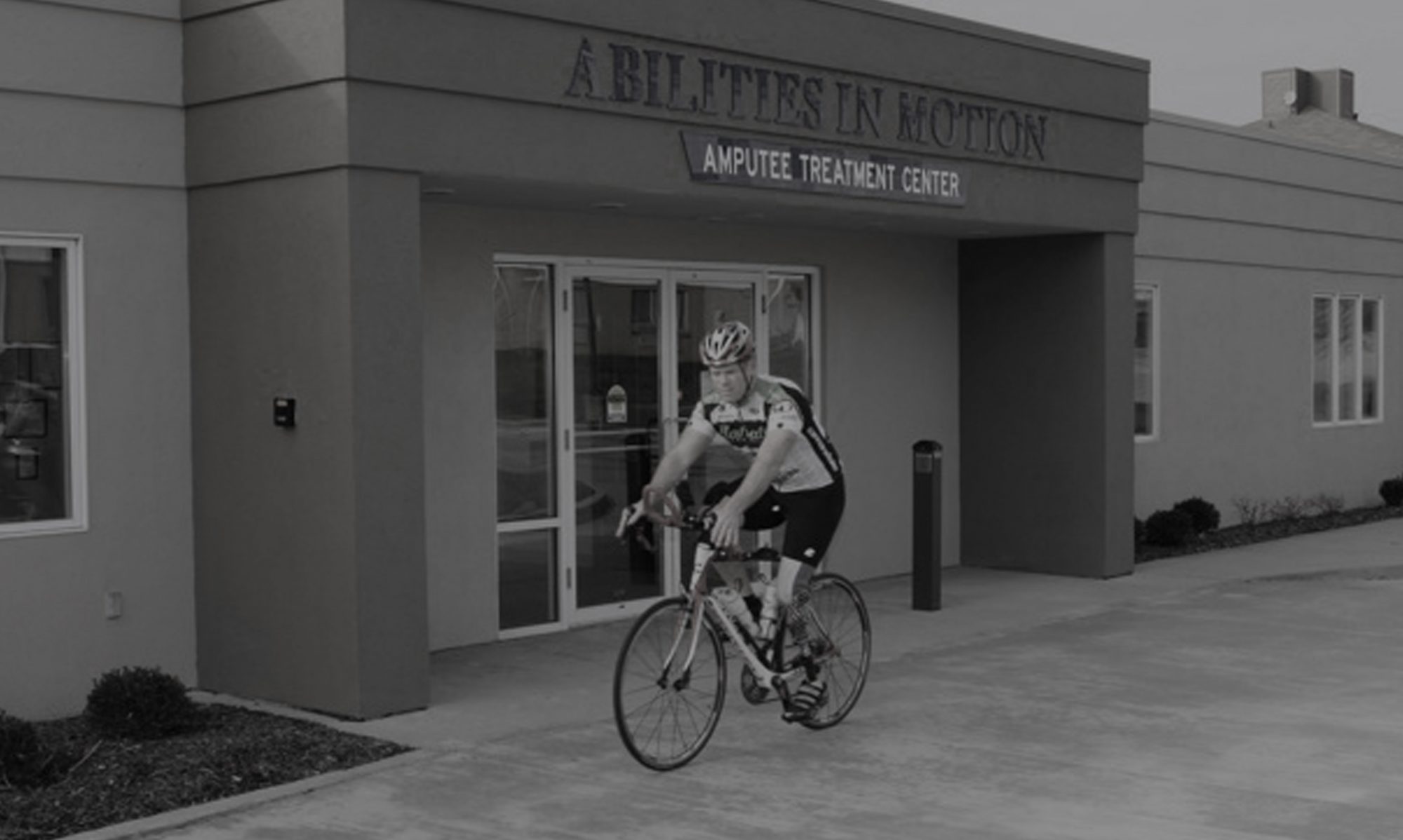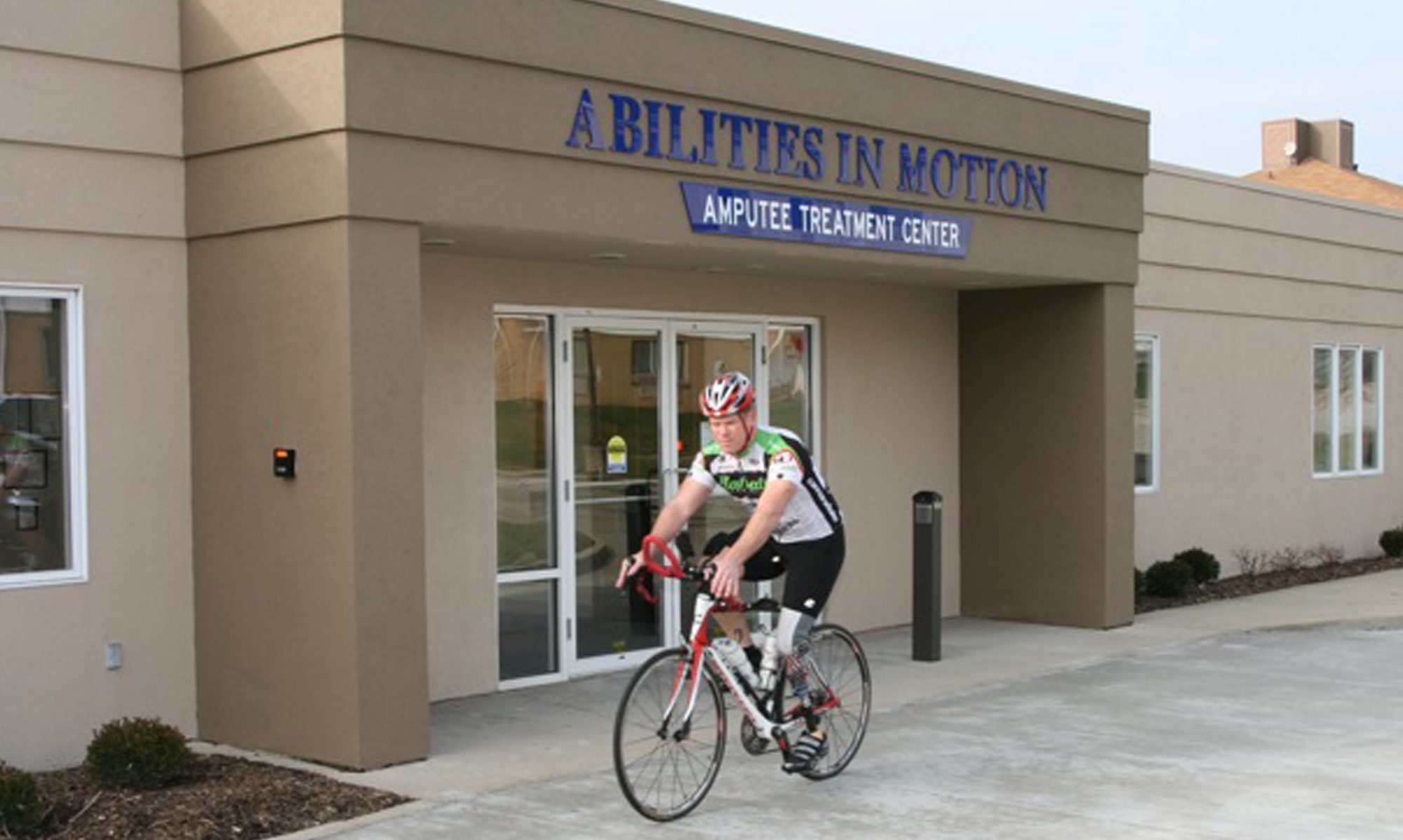Walk of Hope

When Larry Robinson found out that his friend and pharmacist, Amy Glaser, had multiple sclerosis, he knew what he had to do.
“I thought that if Amy can’t walk, I’ll walk for her,” he said.
Robinson was one of the 30 members of Amy’s Army taking part in the 5-mile Western-Southern MS Walk at Thomas More College.
The difference between Robinson, 52, and other members of Amy’s Army is that walking poses a challenge for him. In June of last year, he had to have his left leg amputated below the knee.
“I was club-footed when I was born and then, when I was 13, I was playing sandlot football and I shattered my leg. It made a sound like a .22 rifle going off,” he said.
The series of surgeries and constant pain that followed became so difficult to manage that Robinson, a father of three, realized he had to have his lower leg removed. Now he says he walks better than he ever has.
“It’s taken some adjusting. Balance is the hardest thing, but I’ve adapted. I needed to do it for my family and now I’m realizing there’s a life out there. There really is.”
Shortly after his surgery, Robinson met Ken Glaser, Amy’s husband, at St. Mary’s Church in Alexandria.
“Ken told me what Amy was going through. I’d known her for nine years – she was my pharmacist – but I didn’t know she was struggling with MS,” Robinson said.
MS is a chronic, often disabling disease that attacks the central nervous system.
Amy Glaser was diagnosed in 1996.
Robinson said some higher power had a hand in shaping his friendship with Amy.
“I think God wanted us to cross paths like this,” he said.
Amy Glaser did not take part in the walk. She was on the sidelines cheering. for Ken, their three children, and Larry, who took strides for her and others whose lives have been irrevocably changed by MS.
What Does Larry Use?
Larry has a silicone locking liner. This is rolled on his residual limb and has a locking pin in the bottom of it. The pin locks into a locking mechanism in the bottom of the socket portion of the prosthesis, eliminating the need for straps or belts.
The foot on Larry’s prosthesis is a Variflex foot, made by Ossur. It is a carbon fiber spring like foot. The carbon fiber composition allows the foot to be light weight and flexible.
It has energy storing characteristics which stores the energy put into the composite material during heel strike and mid stance and returns that energy at toe off. This allows for a great amount of flexibility and a spring like feeling which helps the wearer do more while using less energy.
Useful Internet Sites



 Walter Lickliter, 57 had a right below knee amputation in July of 2004. Walter also has a left partial foot amputation. His main goal before surgery was to improve his balance and begin the process of learning to walk again. Within two weeks of being fit with his prosthesis, Walter said “I am encouraged by my progress from wheel chair to walker. I have not had any pain since just after the surgery”. He learned quickly through experimentation how to use socks to obtain a correct fit and does not feel his prosthesis limits him. “I like the comfort of my prosthesis and just being able to walk again”.
Walter Lickliter, 57 had a right below knee amputation in July of 2004. Walter also has a left partial foot amputation. His main goal before surgery was to improve his balance and begin the process of learning to walk again. Within two weeks of being fit with his prosthesis, Walter said “I am encouraged by my progress from wheel chair to walker. I have not had any pain since just after the surgery”. He learned quickly through experimentation how to use socks to obtain a correct fit and does not feel his prosthesis limits him. “I like the comfort of my prosthesis and just being able to walk again”.
 Sarah Ammons underwent surgery for a below knee amputation in 2002. Sarah said “I expected to have less pain, as I have a great deal of phantom pain”. She did not expect to be walking unassisted immediately, “I expected a long rehab”. Although undergoing a second surgery earlier this year, she is walking without assistance.
Sarah Ammons underwent surgery for a below knee amputation in 2002. Sarah said “I expected to have less pain, as I have a great deal of phantom pain”. She did not expect to be walking unassisted immediately, “I expected a long rehab”. Although undergoing a second surgery earlier this year, she is walking without assistance. Sam Crosby has a left below knee and a right partial foot amputation. For Sam, a former college quarterback, rehab went very smoothly. “I just expected to be able to walk and I pretty much did. I knew I would be able to walk without crutches”. Sam reported that he never really had any pain and that learning sock fit was easy.
Sam Crosby has a left below knee and a right partial foot amputation. For Sam, a former college quarterback, rehab went very smoothly. “I just expected to be able to walk and I pretty much did. I knew I would be able to walk without crutches”. Sam reported that he never really had any pain and that learning sock fit was easy. David Fischer became an above knee amputee just a few months ago in May. David says he wasn’t really sure what his expectations were prior to surgery as it happened so quickly. He said of his expectations upon receiving his prosthesis “I didn’t expect I would just get up and walk. I had a pretty good idea about the rehab process”. After initial fitting and physical therapy, David says he was more confident of being able to return to normal mobility. He has suffered from some phantom pain “but I’m managing well”.
David Fischer became an above knee amputee just a few months ago in May. David says he wasn’t really sure what his expectations were prior to surgery as it happened so quickly. He said of his expectations upon receiving his prosthesis “I didn’t expect I would just get up and walk. I had a pretty good idea about the rehab process”. After initial fitting and physical therapy, David says he was more confident of being able to return to normal mobility. He has suffered from some phantom pain “but I’m managing well”.